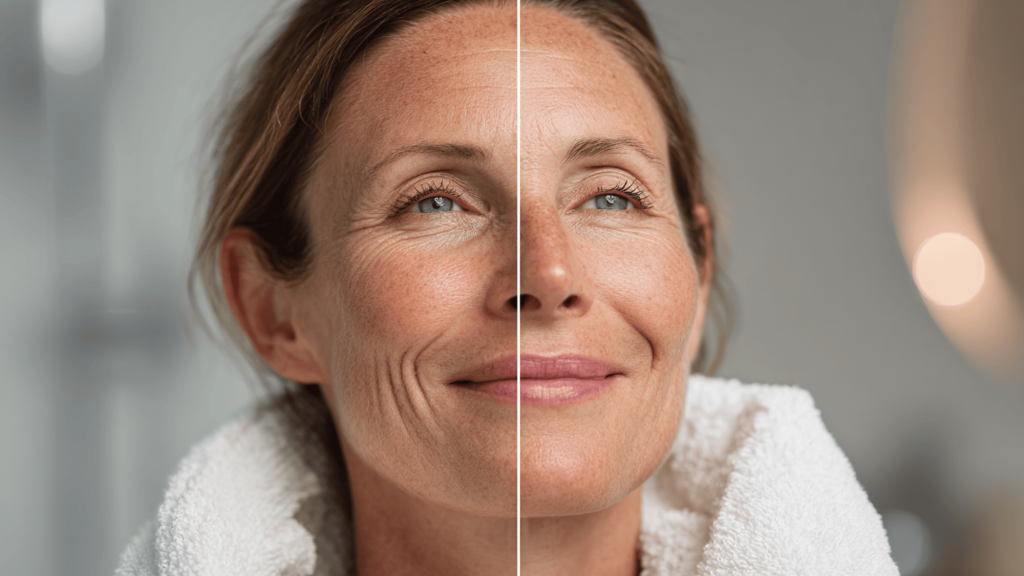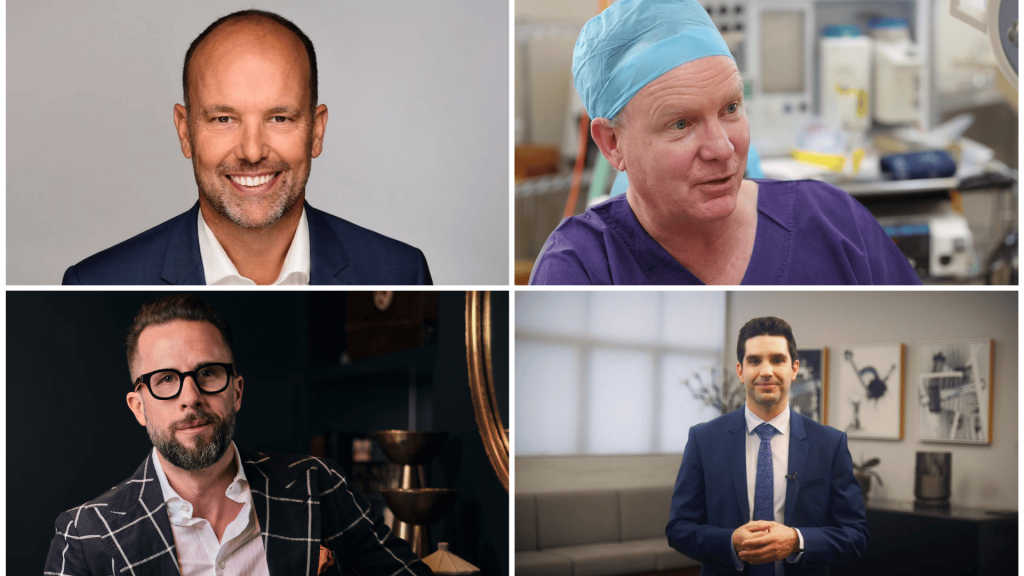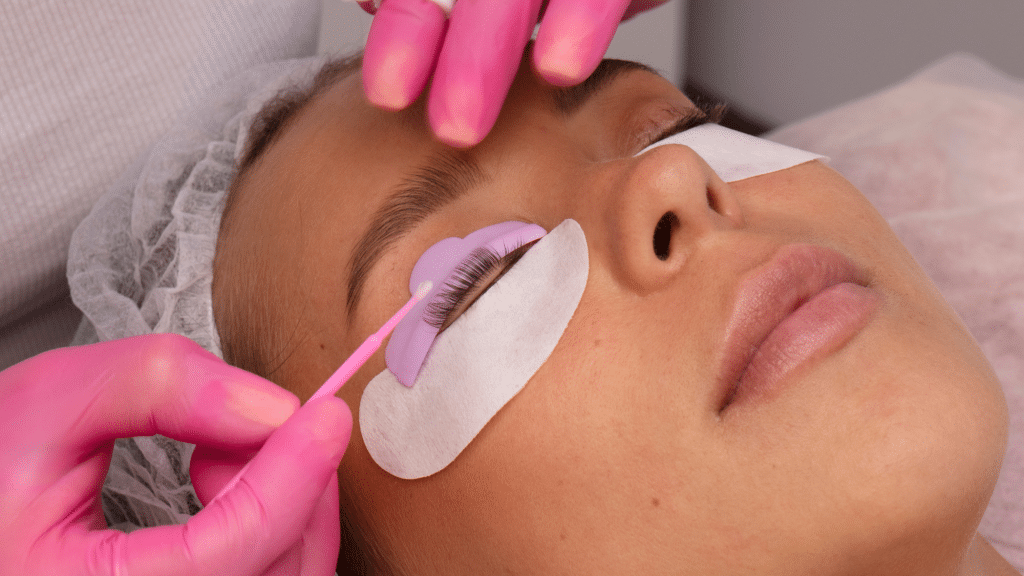Considering a facelift that looks natural and lasts longer? A deep plane facelift might be exactly what you are searching for.
This surgical technique lifts not just the skin but also the deeper facial muscles, giving smoother, more youthful results without that overly tight look.
It is especially popular in Australia, with skilled surgeons available in major cities like Sydney, Queensland, and Perth.
If you feel ready to turn back the clock without looking “done,” this guide is for you. We will walk you through how the deep plane facelift works, what it costs, what recovery looks like, and most importantly, how to find a qualified surgeon near you.
If you’re curious or already booking a consultation, let us help you feel confident about your next step.
What Is a Deep Plane Facelift?
A deep plane facelift is a type of cosmetic surgery designed to lift and tighten the middle and lower parts of your face, like your cheeks, jawline, and neck, by going deeper than a traditional facelift.
Instead of only pulling the skin tight, it also lifts the muscle layer underneath, called the SMAS (Superficial Musculo-Aponeurotic System), along with the fat and skin as one single unit.
This approach helps avoid that pulled or stretched look and gives a more natural and longer-lasting result.
Because it works deeper within the face, it also improves sagging in areas that are hard to treat with standard facelifts, especially around the nasolabial folds (laugh lines) and jowls.
It’s often considered the gold standard for facial rejuvenation by many experienced plastic surgeons.
Deep Plane Facelift: Pros and Cons at a Glance
If you’re considering a deep plane facelift, it’s helpful to clearly see what you’re gaining and what you need to be prepared for. This advanced facelift technique offers natural, long-lasting results, but it’s not without its challenges.
| Pros | Cons |
|---|---|
| Delivers natural-looking results without a stretched appearance | More complex surgery that requires an experienced surgeon |
| Longer-lasting than traditional facelifts (10–15 years) | Longer recovery time (usually 2–3 weeks) |
| Lifts deeper tissues for better cheek and jawline definition | It can be more expensive than other facelift options |
| Minimizes skin tension, reducing visible scarring | Swelling, bruising, and numbness are common side effects |
| Treats deep smile lines and jowls more effectively | Not ideal for all patients, especially those with certain health issues |
Note: Before moving forward, take time to discuss your goals and health history with a qualified surgeon.
Your Facelift Experience: Before, During, and After

Wondering what the deep plane facelift process actually looks like? Here’s a simple walk-through of each stage so you know exactly what to expect, from your first appointment to full recovery.
1. Initial Consultation
Your process starts with an in-depth consultation. Here, you and your surgeon will discuss your goals, review your medical history, and examine your facial structure to determine if you’re a good candidate.
You’ll also see before-and-after photos and receive a personalized surgical plan with a detailed quote.
Your surgeon will schedule regular follow-ups to monitor your healing and provide guidance. Choosing an experienced specialist makes this process smoother and your results more stunning.
2. Pre-Surgery Preparation
Before your procedure, you’ll complete medical clearance and any necessary blood tests. Your surgeon may advise you to stop smoking and avoid certain medications.
You’ll get specific instructions for pre-op skincare and fasting, and it’s important to arrange for someone to drive you home and assist during the first few recovery days.
3. Surgery Day
On the day of your surgery, you’ll be under general anesthesia for three to five hours.
The surgeon will lift and reposition the deeper facial tissues (SMAS layer) to achieve natural results, making small incisions typically hidden around the ears or hairline.
Depending on your situation, you may go home the same day or stay overnight.
4. Recovery Phase
During the first week, bruising, swelling, and tightness are common, though discomfort is usually mild and manageable.
By the second week, swelling reduces, and many patients return to light activities. Around the three-to-four-week mark, most feel confident enough to resume work and social events.
Final results appear gradually over several months as the healing process completes.
Leading Deep‑Plane Facelift Surgeons Across Australia

When it comes to a deep‑plane facelift, choosing the right surgeon can make all the difference. Below are some of the most trusted names across key Australian cities, known for their skill, experience, and natural-looking results.
Sydney
Sydney is home to some of Australia’s most experienced deep-plane facelift surgeons. Here are a few leading specialists known for their advanced techniques and excellent outcomes.
- Dr. George Marcells: First in Australia to offer deep-plane facelifts; highly experienced with natural, long-lasting results.
- Dr. John Flood: Combines reconstructive and aesthetic expertise; known for personalized patient care.
- Dr. Jeremy Hunt: Over 20 years in practice; emphasizes natural rejuvenation with deep-plane precision.
- Dr. Jack Zoumaras: Internationally trained; offers high-end deep-plane procedures in Sydney.
- Dr. Michael Kernohan: Skilled in both reconstructive and cosmetic facial surgeries using the deep-plane method.
- Dr. Michael Zacharia: He specializes in the true deep-plane technique with standout post-op care.
Queensland
Queensland also offers access to experienced surgeons skilled in modern facelift techniques. Brisbane and surrounding areas feature professionals offering personalized care and deep-plane expertise.
- Dr. Sugitha Seneviratne (FRACS): Known for decades of experience and trusted results in facial surgery.
- Dr. Adam Honeybrook: He specializes in the extended deep-plane facelift with U.S.-based training.
Perth
In Perth, patients can find high-level deep-plane care with a focus on tailored results and minimal scarring.
- Dr. Guy Watts: Renowned for creating youthful, balanced results through deep-tissue lifting and careful technique.
- Dr. Pedram Imani: ENT and facial plastic specialist offering precise, anatomy-driven deep-plane lifts.
- Dr. Glenn Murray: With over 20 years of experience, he offers deep-plane and SMAS facelift options alongside non-surgical treatments.
Melbourne
Melbourne’s cosmetic surgery scene includes surgeons who combine artistry and science in the deep-plane approach.
- Dr. Jeremy Richardson: Offers targeted deep-plane facelifts to address sagging cheeks, jawline, and laugh lines.
- Dr. Howard Webster: A senior plastic surgeon with decades of experience, known for combining deep-plane techniques with a holistic view of facial aging and rejuvenation.
How Much Does a Deep‑Plane Facelift Cost?
Before committing to a deep-plane facelift, it’s important to understand what kind of investment you’re making. Costs can vary widely based on location, surgeon experience, and the level of care provided.
In Sydney, the cost of a deep plane facelift typically ranges from $30,000 to $40,000. This includes the surgeon’s fee, hospital and anesthesia costs, and follow-up care.
Sydney prices tend to be higher due to the city’s metropolitan status and the availability of experienced surgeons.
For Queensland, the cost is generally similar but can vary more depending on the clinic and the surgeon’s expertise. You can expect prices to be roughly in the range of $30,000 to $45,000 for the procedure.
In Perth, prices may be slightly lower than in Sydney, typically ranging from $25,000 to $40,000, depending on facility fees and surgeon experience.
In Melbourne, the cost is comparable to Sydney’s, typically between $30,000 and $45,000, influenced by the city’s demand and specialist availability.
What to Expect During Recovery?
Healing from a deep-plane facelift is a gradual process, and knowing what happens at each stage can make it much less stressful. While every person’s recovery is slightly different, most follow a similar timeline.
| Recovery Stage | What to Expect |
|---|---|
| Days 1–7 | Swelling, bruising, and facial tightness Mild discomfort managed with prescribed medication A compression garment is worn to reduce swelling Rest is key, head elevation and minimal movement are recommended |
| Week 2 | Visible reduction in swelling and bruising Stitches (if non-dissolvable) may be removed Light daily activities can resume Improved comfort and mobility |
| Weeks 3–4 | Most bruising resolves Facial shape becomes more refined Return to work or social outings is often possible Makeup can help cover remaining discoloration |
| Months 2–3 | Continued fading of swelling and tightness Numbness decreases Final facial contours begin to appear Light exercise may resume (with surgeon approval) |
| Months 4–6 |
Final results become fully visible |
While recovery takes time, each phase brings you closer to your final result. Trust the process, follow your surgeon’s aftercare advice, and give yourself the grace to heal.
Ready for a Natural, Long-Lasting Lift?
A deep-plane facelift is more than just a cosmetic procedure; it is a strong, advanced technique that offers natural-looking, long-lasting results by lifting the deeper layers of the face.
If sagging cheeks, jowls, or deep smile lines concern you, this approach can turn back the clock while still maintaining a natural appearance.
If you live in Australia, especially in Sydney, Queensland, or Perth, you have access to some of the most skilled deep-plane facelift surgeons in the world. From consultation to recovery,
Understanding each step helps you make confident decisions about your appearance and well-being.
Keep in mind: this process is very personal. Take your time, research thoroughly, and meet with a qualified surgeon who truly understands your goals.






